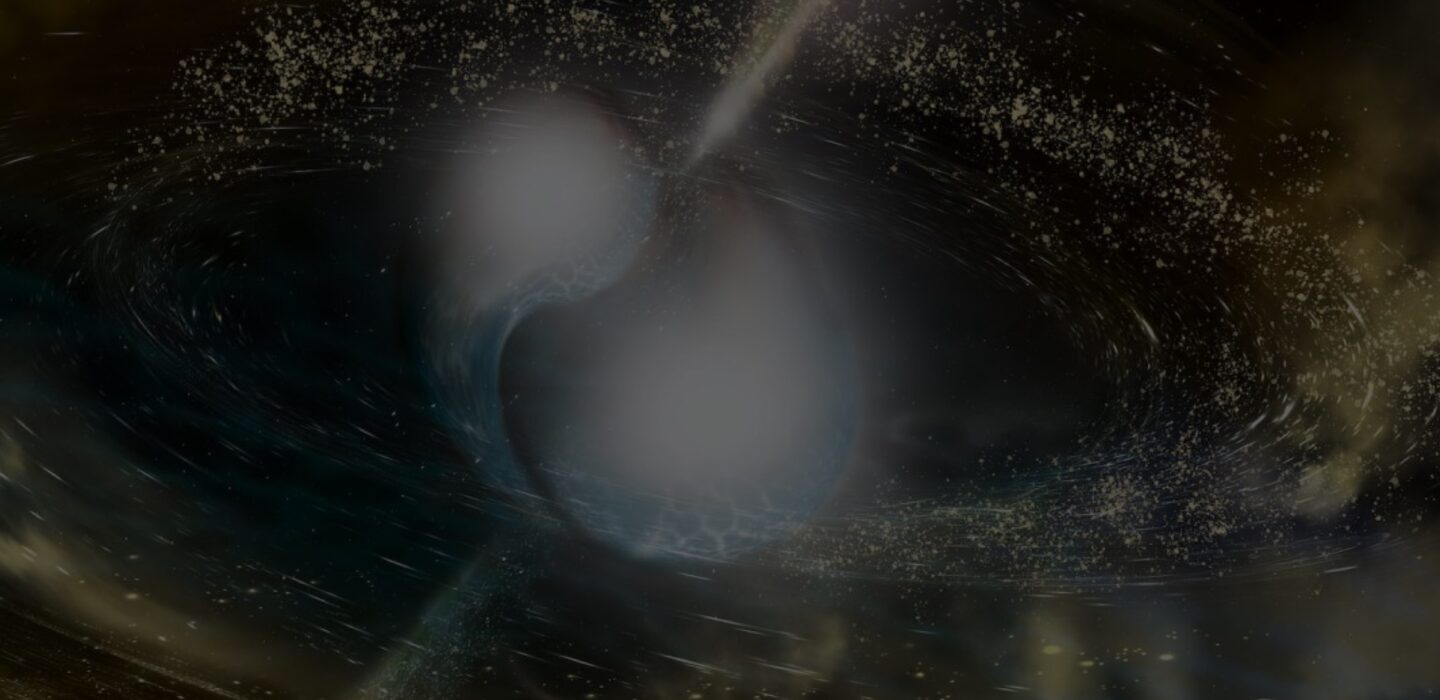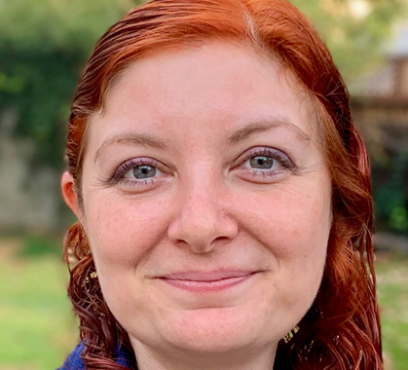Smadar Naoz


Wednesday October 9th, 2024
4:00pm Eastern
Marlar Lounge 37-252/37-272 and via Zoom
"Professor Smadar Naoz, a distinguished theoretical astrophysicist at the University of California, Los Angeles, conducts pioneering research across a broad spectrum of dynamical phenomena. Her work spans cosmology, stellar astrophysics, extrasolar planets, and solar system science. Renowned for her expertise in three-body interactions, Professor Naoz has demonstrated that these interactions can lead to the formation of short-period Jovian planets."
- Avi Shporer
It's raining black holes....Hallelujah!
The detection of Gravitational Wave emission, of the merger of two black holes, has forever transformed how we sense our Universe. Future detectors, such as the Laser Interferometer Space Antenna (LISA), will open the opportunity to detect the merger of a small (tens of solar mass) black hole with a big, supermassive black hole (SMBH, millions to billions of solar mass). These events are called extreme-mass-ratio inspirals (EMRIs). The popular formation channel for these promising events involves weak two-body kicks from the population of stars and compact objects surrounding the SMBH that can change the small black hole's orbit over time, driving it into the SMBH. On the other hand, perturbations from SMBH companions can excite the SMBH to high eccentricities, thereby forming EMRIs. In this talk, I will demonstrate that combining these two processes is essential to comprehending the dynamics of EMRI progenitors. I will also show that EMRIs are naturally formed in SMBH binaries with higher efficiency than either of these processes considered alone. Thus, it is truly raining black holes! This scenario results in a large stochastic background for future GW detectors such as LISA. Finally, I will demonstrate the implications of this physical mechanism on tidal disruption events. Is it "raining stars" as well?